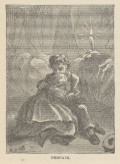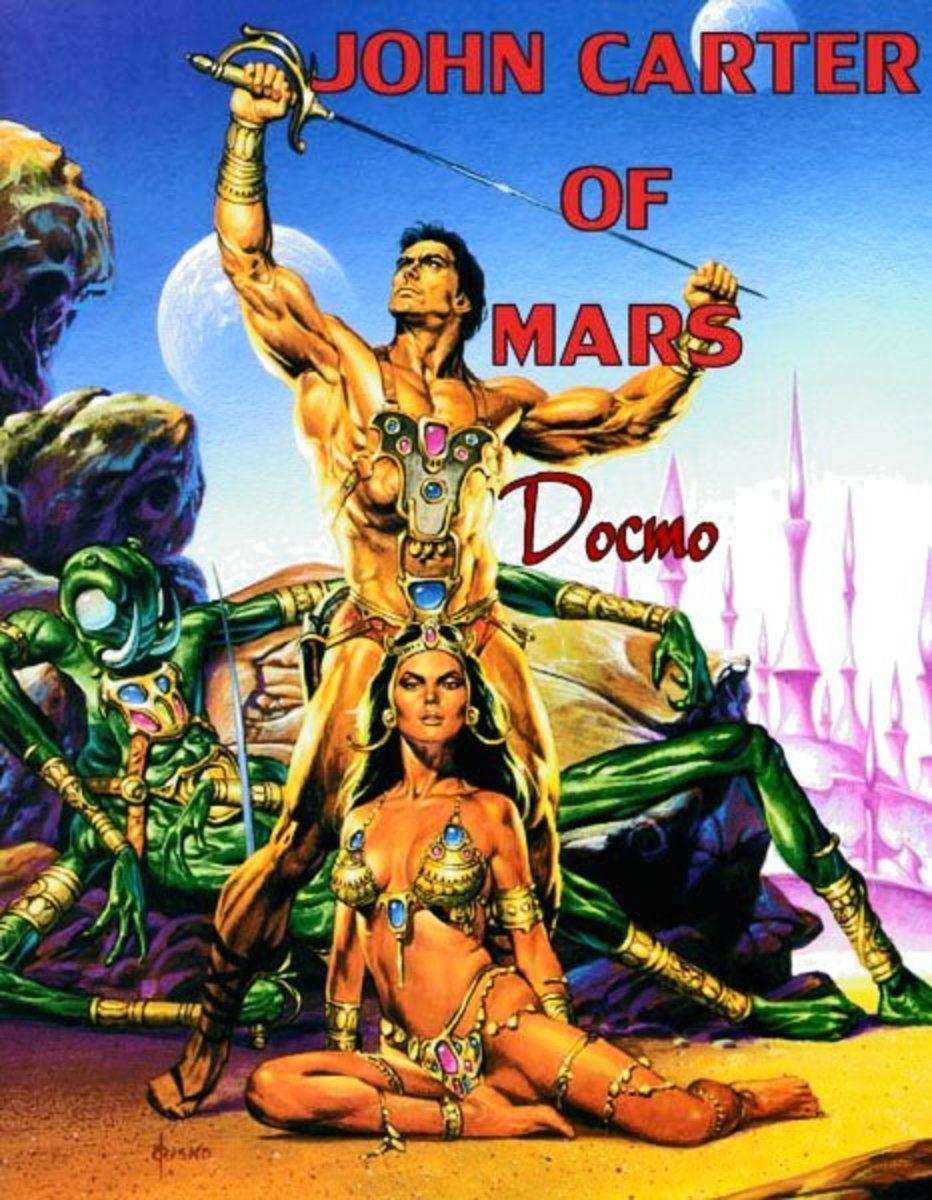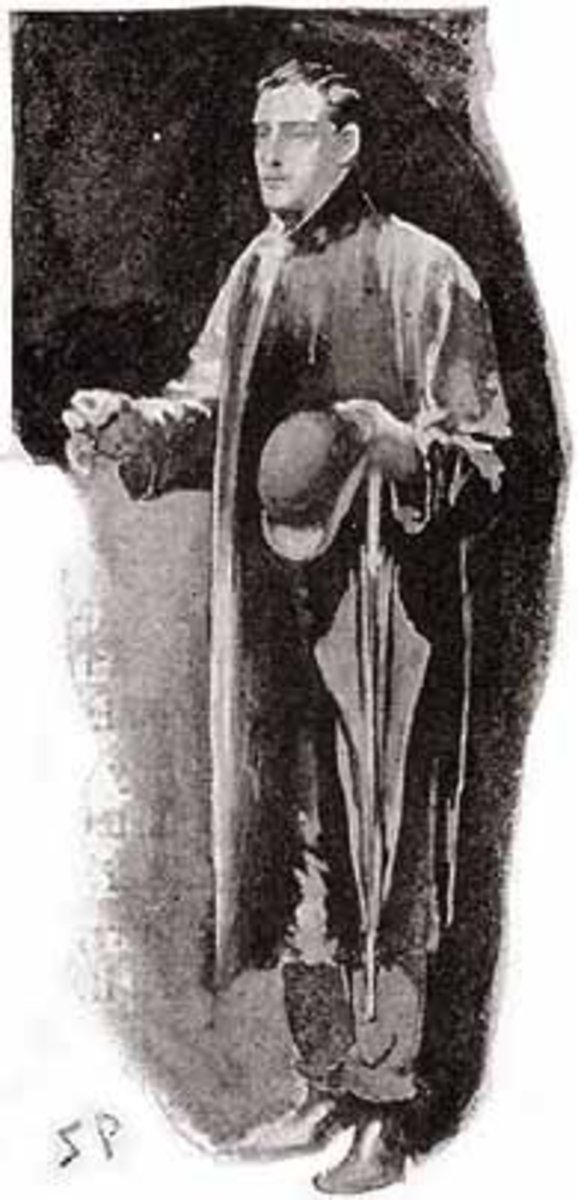Review: The Brandy of the Damned by Jmr Higgs
I like this book.
No, I mean: I seriously like this book.
Actually I suspect you could dislike it just as easily. I would understand if someone told me they found it annoying. It is so full of questions, with very few answers. The plot is so full of gaps, with very little resolution. There are so many unexplained things. Events occur which never come to any conclusion. If you were looking for explanations, you wouldn’t find them. But then, that seems to be the point (if “point” is the right word here): that there is no point.
One character, for example, who looks like he might herald the beginning of a more conventional story-line, steps into our story, and then steps out of it again. He takes his plot with him, which is never resolved.
The book is an assault on rationality and a defence of the immaterial. It is the world turned upside down. It blurs the line between imagination and reality, and then shows us that there never was a line there in the first place. It presents metaphors as facts and facts as metaphors. It dances around on the shoreline between science and myth and shows us the fractal space in between. It is a fictional representation of Robert Anton Wilson's model agnosticism but without the drugs. Or, if there were any drugs in the past, the characters have settled into a sedate middle age by now, which this book then sets out to rattle them out of.
The plot is very simple. Three members of a band, which had broken up 20 years ago, are travelling around Britain in their old Transit van, using the nearest A road to the coast, to see where they will end up. It is a quest, even if a slightly circular one. Only they aren’t allowed to listen to any music on the way. And one of them is carrying a spade.
Did I say the plot was simple? Simple, yes, but never predictable.
The book starts prosaically enough, in Kent, which might be the most prosaic of counties. At least in this book it is. But we are very quickly lead, by a series of devices, into increasingly uncertain terrain. The land is always Britain, and we are always travelling around it, but we really never know what is going to happen next.
One of the devices is a series of blue bottles which are washed upon the shore and which contain chapters from a future bible. Only one of the characters is the slightest bit interested as to why this should be happening, and that, in itself, is odd. The bible is always wry and elliptical and tongue in cheek, as any future bible should be. The first two chapters are chapters one and two, naturally enough; followed by chapter seventeen, and then by chapter five.
It’s a bit like Drowning By Numbers by Peter Greenaway, in which the succession of numbers appearing throughout the film take the place of any discernable plot. Only the numbers here aren’t in any sequence, and there is actually a plot, albeit an unpredictable one.
I won’t reveal any more of the story as this might spoil it for you. Let’s just say that it kept me reading, that I couldn't put it down, and that it is all as wayward as this. It’s as if the author was writing using a random generator, generating unpredictable plot lines, which, despite the fact they are puzzling and strange, still leave you oddly satisfied at the end.
Actually the book that it most reminds me of is Justine, by the Marquis de Sade. This might seem an odd comparison, as there isn’t the slightest hint of sadism in The Brandy of the Damned. Let me explain.
Justine is a satire. Its full title is Justine, or Good Conduct Well Chastised. Its eponymous central character, a virtuous girl forced by circumstances to throw herself upon the good nature of others, is lead from one horrific adventure of mental, physical and sexual torture to the next. She throws herself upon the mercy of a variety of different characters, who then take the opportunity to use her for perverse or cruel sexual purposes. At one point she is taken up by the residents of a monastery, who reveal themselves as even more imaginatively perverse than the rest. After each episode, the characters will justify themselves according to de Sade’s philosophy of nature. A long diatribe will ensue, about the nature of vice and virtue. You are soon lead to one inescapable conclusion. You realise that all the characters in the book are, in fact, the Marquis de Sade himself, and you are left with the peculiar and slightly nauseating sensation of wandering around in the world inside de Sade’s brain.
There is something of that in this book. Very soon you realise that the country we are travelling through isn’t Britain at all; it is the country inside JMR Higgs’ brain.
And a very nice brain it is too. It is wry and it is clever and it is funny and it is wise. Most of all, it is kind. Not at all like the Marquis de Sade.
Even if the book had failed on every level, and the characters were unreal, and the plot totally incomprehensible, I would forgive it just for this one sentence: “Love is the silence that drowns out all the noise.” But the book doesn’t fail, the characters are neatly drawn, and the paragraph that leads up to that sentence shows how resonant and deep are the themes in this book, and how beautifully observed they are.
The other thing I am reminded of is fairy story or myth. Fairy stories are just myths told by rustic folk. Usually they involve a quest and take place in a land where anything can happen. And that too is true of the upside down Britain we are skirting in this tale. But there is always an internal consistency to these mythical stories, a secret truth. Like the world of dreams they carry hidden messages about the nature of reality and about our purpose within it. Sometimes, maybe, it takes a session of analysis to work out what those messages might be.
Sometimes, though, analysis can kill. For the same reason it would be wrong to over analyse this book. It would be wrong to try to work out exactly what is going on. The images are just deeply suggestive on an – I won’t say “unconscious” – on an extra-conscious level, and, like a dream, they resolve themselves more through mood than through thought.
Buy this book. What have you got to lose? It is short and it is cheap and, like his previous book, it reveals a great talent in the making. Here is the link for the Kindle version, but there is a paperback version coming out later in the year. If you don't like it, you can always leave abusive comments below.
An Extract from the Brandy of the Damned
The Bible of the Future, CHAPTER 17
1. Beware of the man with one religion, for he understands nothing, but he does not know that he understands nothing, and he will get in the way and cause all sorts of trouble.
2. Beware also the woman with no religion, for they are clinging to a very specific semantic definition in order to avoid hard questions. They are fooling no-one! Except themselves.
3. Beware also the person with a dozen religions, for they are confused and bamboozled, and in danger of losing the plot, and will not be much use in a crisis.
4. The most practical and useful approach is to have three religions.
5. I mean, roughly three. It's not an exact science. But between two and five, something like that.
6. Three is good though. You can position yourself in the centre of three religions and in doing so drink of their wisdom without falling for their bullshit.
7. Choose three religions that you like, obviously. Three that speak to you as an individual. Don't just go for the popular ones for the sake of a quiet life. It doesn't work like that.
8. Consider the man who is a Taoist, a Pagan and a Christian. Consider the woman who is a Buddhist, a Sikh and an atheist. These people won't easily fall for your nonsense. These people will have a wide perspective. These people will be able to get on in life.
9. These people are also unlikely to start wars, or proclaim certainties on street corners, or spit at people they don't know. They will also be easier to seat at weddings.
Blurb
Russell, Penny and Will have not seen each other for twenty years. Why, then, do they spend a month driving around the coast of Britain without listening to music? Why do they find little blue bottles washing up on the shore containing pages from a future Bible? And why is Penny carrying such a huge spade? Blah blah blah, yada yada yada. I don’t know why I’m bothering, really, it’s not as if any bugger is going to read this far. I could put anything I like here. Killer wizard maverick horse adultery detective elephant shoes. That’s nothing to do with this book, I just stuck those there to help SEO. I’m writing this late on Friday afternoon, can you tell? Look, The Brandy of the Damned is an absurd, occasionally touching and above all short little book about our relationship with time. Yep, that’s what it is. Will that do?
© 2012 Christopher James Stone






